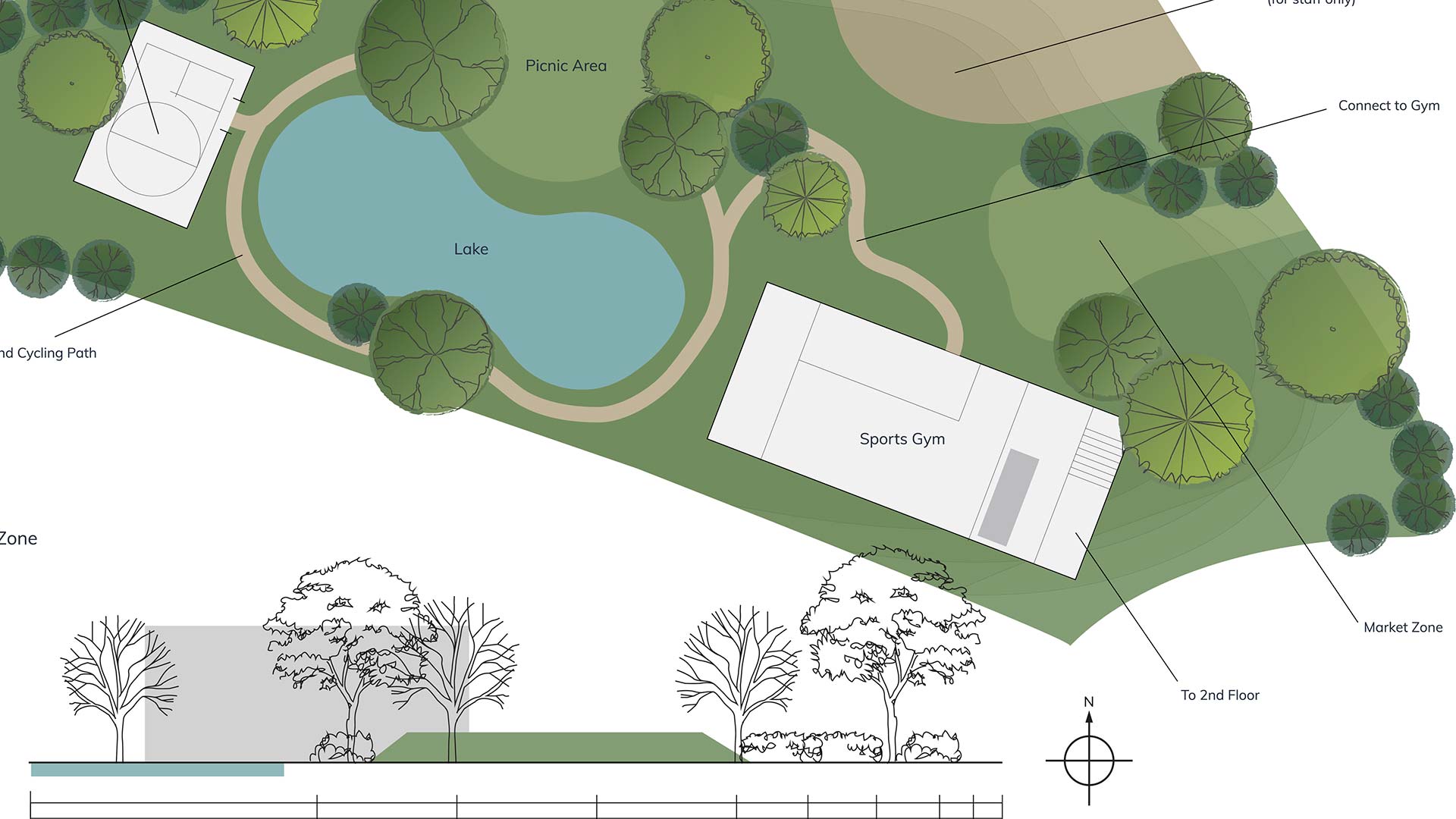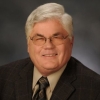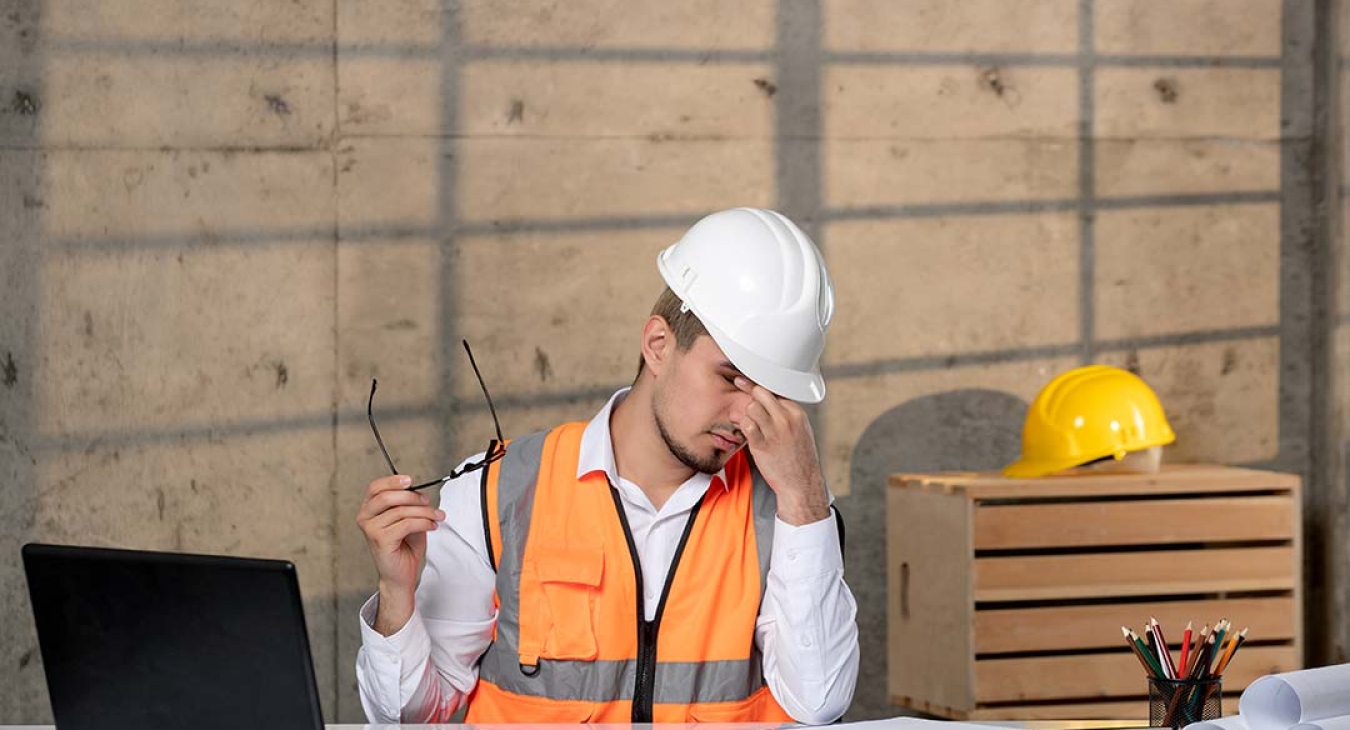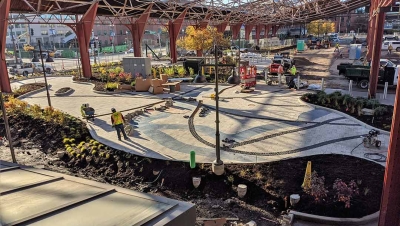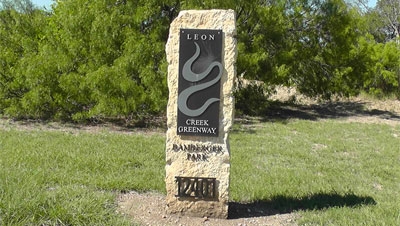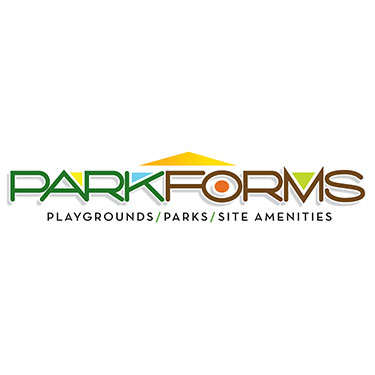Whenever anything goes wrong during a construction project, "It's the contractor's fault." We all hear this and we may even be the ones who say it, but it is not always the case. It is just easy to blame the contractor because he is the last one on site. With over 35 years of experience as a landscape architect and ten years as a licensed general engineering contractor, I feel qualified to debunk a myth. Landscape architects do make mistakes, and some of them can have serious impact. Of course, I don't know much about these from personal experience, but I have heard that other landscape architects have done them. This is not an excuse for contractors, because they do make mistakes occasionally and some do take shortcuts to save money, but we have to be honest and admit that sometimes problems on-site are not their fault.
Contractors are sometimes reluctant to say that they think there might be a problem with the drawings or to say that they think there might be an easier way to do something than what is specified. If a contractor approaches a landscape architect with a concern, he is likely to hear, "I am the landscape architect here, you will do it the way that I say," or "It is drawn with a computer, computers don't make mistakes; do it as the plans show." Computers are very fancy tools, but they are just tools and they only do what they are programmed to do.
Many landscape architect firms use consultants for different phases of their work. A landscape architect may subcontract the irrigation to an irrigation consultant, the electrical to an electrical engineer, the grading to a civil engineer, and the play equipment to a playground equipment supplier. There is nothing wrong with this; in fact, it is a good idea to hire someone who is more qualified for specific areas of practice. No one can be good at all things, but the landscape architect must know a little about all phases so that the phases can be coordinated without conflict.
Slope
Play equipment is generally designed to be installed on a flat surface. The length of the poles and the height of the decks are based on installation on a flat site. Most play equipment is also modular design so all of the posts are laid out on a specific grid that cannot be modified. Play equipment typically is designed based on two installation practices: floor mount and footing. When the play equipment is installed on footings there is some flexibility to adapt to the slope of the sub-grade under the surfacing material, but only to a point.
Surface mount equipment must be installed on a flat surface; there is very little room for compromise. I was contacted by a play equipment supplier who had sold play equipment to a small preschool. He was concerned because the general contractor and the landscape architect were not familiar with play equipment. The landscape architect designed the play area with surface mount equipment on a 2 percent cross slope, and the contractor had all of the surfacing poured before he called the playground installer. The supplier and the client were concerned about installing the equipment on a sloped surface. I told them that ASTM allows a maximum cross slope of 2 degrees, which is about 3.5 percent. The play structure only had a couple of decks, so the slope would not be obvious. The manufacturer agreed that having the post slant 2 degrees would not compromise the structural integrity, so was agreed that the structure would be installed on the grade that was provided. The untrained eye will probably not notice that the posts are not plumb and the decks are not level. A better solution might have been to have a level pad for the equipment and slope away from the structure on all sides or to use inground posts rather than surface mount.
Drainage
When a landscape architect designs an in-ground play area enclosure, drainage of the pit must be addressed. The normal solutions are to install a central catch basin and slope the sub grade to the catch basin or to use a series of drainage trenches with perforated drain pipe to collect the water. If the drainage is designed by one consultant and the play equipment is designed by another consultant without adequate supervision, there is bound to be conflict. By the time the playground equipment installer (who is also typically a sub contractor to the general contractor) arrives on site, the drainage system is already installed.
At least one of the play equipment posts will be in the middle of a catch basin and several other posts will be on top of a drain pipe or drainage trench. The contractor may not be able to move the play equipment because the Landscape Architect only made the play area big enough to accommodate the play equipment as designed. If the play equipment layout is done first and is provided to the drainage consultant, the consultant can place the catch basin in a swing bay or some other open area and the drain pipe layout can be designed to avoid the post layout.
Elevation
In California, all playgrounds must be inspected and approved by a CPSI before the project is opened to the public, so many cities and other public agencies require contractors to provide certification by a CPSI as a condition of final acceptance. I was recently contacted by one of my contractor clients because his customer thought he had made a mistake and wanted him to correct it. The play area was a linear layout with poured-in-place surfacing. The landscape architect had designed the walkways and the poured-in-place to have a 2 percent slope from one end to the other. The sub contractor for the play equipment installed the play equipment using the lowest end elevation as his baseline elevation and set the height of the transfer station to be in compliance at that location.
After the play equipment and the base material for the poured-in-place surfacing were installed, it was discovered that about 6 inches of the bottom of the play panels at ground level would be buried under the surfacing. Everything had been installed exactly as shown on the plan. I was able to confirm that there was nothing in the playground guidelines that would make this non-compliant, but the owner was concerned about how to make repairs if the panels were damaged in the future since the clamps and 6 inches of the panels were going to be buried. Some of the equipment was play functionally linked and there were independent play components like spring toys; so they could be raised, but the main structure was still an issue. The play equipment was a nautical design, and the play panels were simple side panels with portals on the top. Withthis in mind I proposed cutting off the bottom and redrilling for the clamps. After consulting with the manufacturer, this was determined to be an acceptable solution.
Accessiblity
Frequently I will arrive on site to find a very well-constructed project with fully accessible play equipment, but the surface material is Engineered Wood Fiber, and the play area does not have an access ramp. When I say the play area is non-compliant because it is not accessible, the contractor says, "but I built it just like the plans." The play equipment supplier who provided the plans did all that was necessary, but the landscape architect was not aware of accessibility requirements - or was in a hurry to complete the project and forgot to add the ramp. The contractor was upset because I am usually contacted just before final acceptance, and this delays completion and acceptance. The client is upset because of the extra cost. It is a safety issue, but because compliance is required by California law, I don't want to certify until compliance issues have been resolved. The public agency does not want to release the project yet either.
Design oversights are more common than you might expect; in fact several of my contractor clients routinely request preconstruction plan reviews of their projects to identify these oversights before they become problems. Many contractors are very qualified and conscientious but want independent verification of their concerns before they approach the owner or landscape architect. This is because "everybody" seems to assume that if a contractor suggests a change, it is because he hopes to make more money on a change order, not because it will improve the project.
We need to remember that this is an industry that involves partnership of the client, the designer, the playground equipment supplier, the installation contractors, and the Certified Playground Safety Inspector. We all make mistakes from time to time. Who make the mistake is not as important as the cooperation and resolution of the issues to provide a safe environment for children to play.

